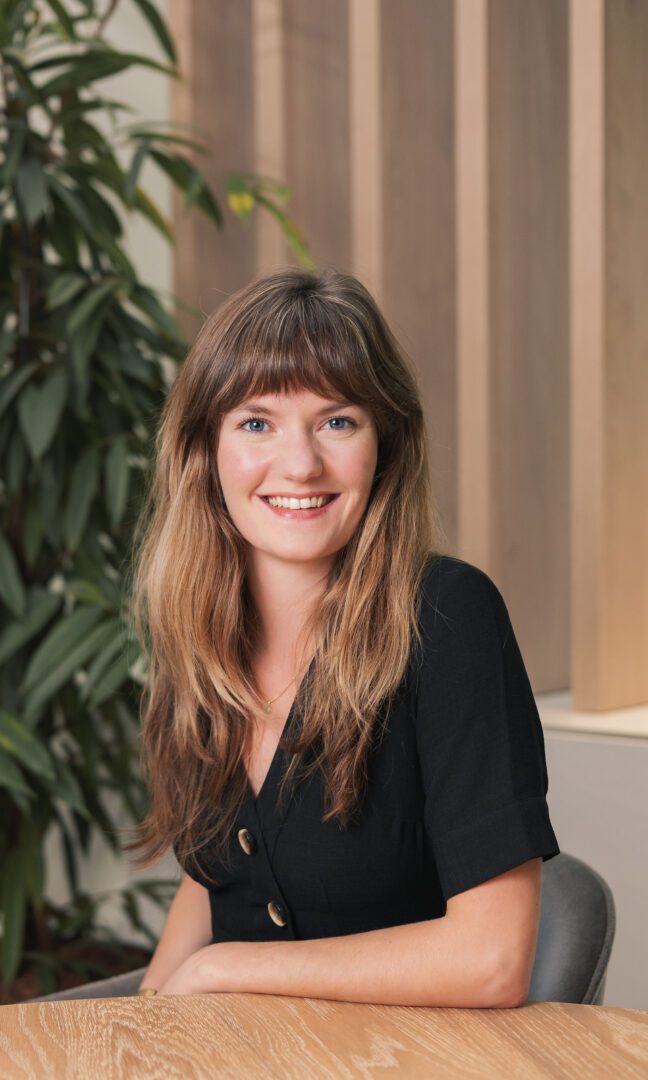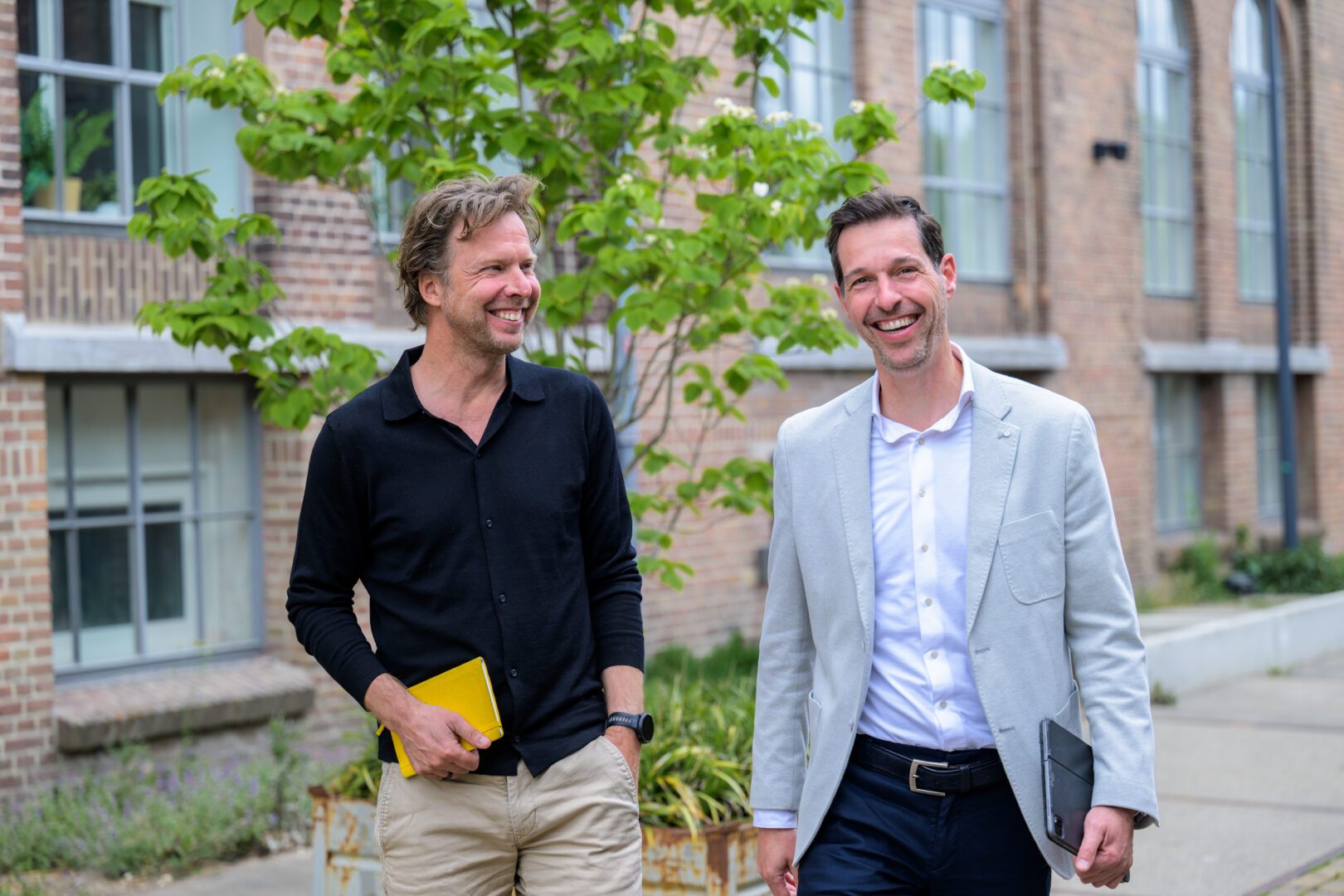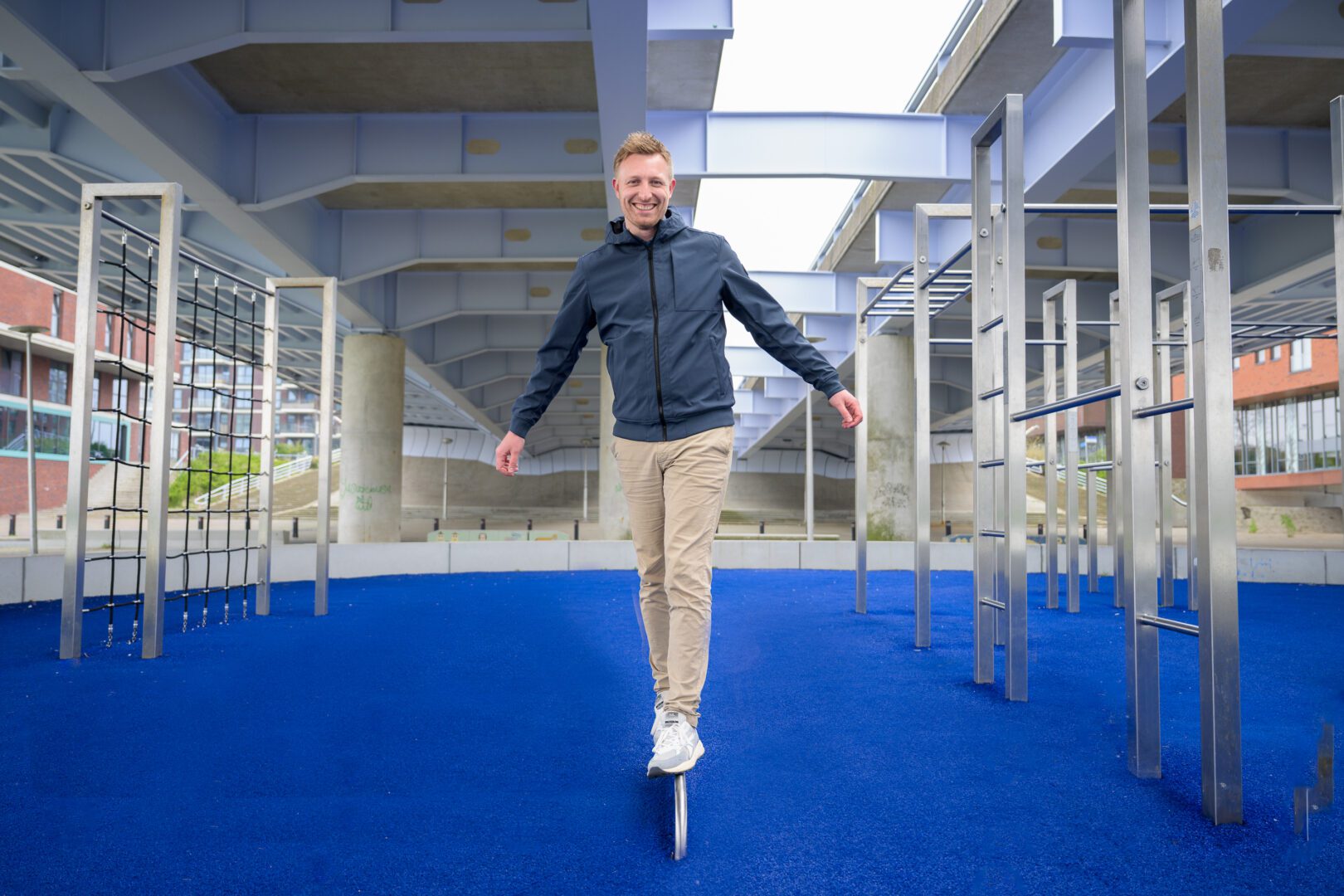AM is a leader in developing sustainable areas. However, ambitious, sustainable material choices are sometimes at odds with feasibility. Sometimes the costs prove to be too high or there are technical obstacles. That is a pity and can be prevented, according to Emma Lucassen, manager innovation & industrialisation at AM. For a year, she joined forces with BAM and cost consultancy firm Skaal. Together, they developed the “circular building materials menu”. This is a valuable tool for developers that saves time and money and yields many interesting conclusions.
Circular construction without surprises
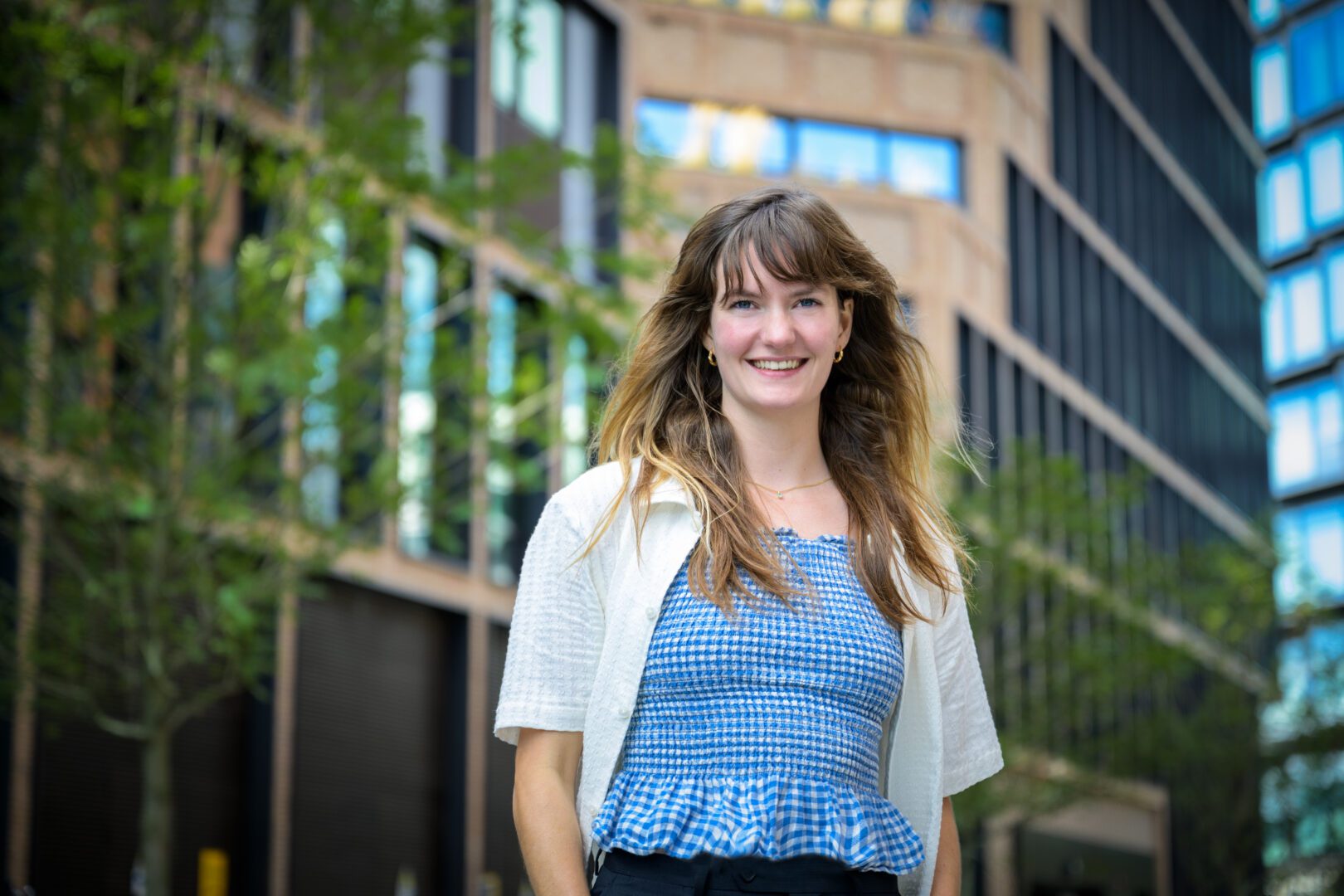
‘The circular building materials menu is a knowledge document that provides a clear comparison of the sustainability aspects, technical properties and costs of various building materials,’ explains Emma. This allows developers to determine which sustainable materials are the smartest choice at the outset of a project. Emma: "In the past, we saw that sustainable choices were often scrapped at a later stage in the project. The materials turned out to be too expensive or technically unfeasible. But if you bring together the environmental impact, technical properties and costs in a single menu, realistic plans can be made at an early stage. This means you don't have to go back to the drawing board later in the process." In this way, the tool saves both time and money.
The tool saves both time and money.
From demand to insight
In her previous role as a sustainability advisor, Emma was regularly asked about the cost of sustainable materials by developers. Emma: "In tenders and projects, the sustainability aspect of area developments has become increasingly important. Sustainability consultants know exactly whether the materials meet technical requirements, but they are not yet able to give sound advice on costs. That really is a specialised field in itself. Are you talking purely about the material itself, or also about labour costs or other requirements, for example? Even cost consultancies were unable to provide ready-made answers, because they had little knowledge of sustainable materials.”
The idea for the menu was born when Emma got to know construction economics consultancy Skaal. Their ambition to become the leading cost expert in the field of sustainable construction perfectly matched AM's need for more insight into the costs of sustainable building materials during the preliminary design phase of projects. Emma's idea to work together on a menu that brings all the information together was immediately welcomed by Skaal. Emma: "For Skaal, the menu is a knowledge document and advisory product. Our developers will use it to make better-informed sustainable material choices at an early stage of a project. And with the knowledge we have gained, we are keen to engage in dialogue with housing associations and local authorities about what those choices mean."
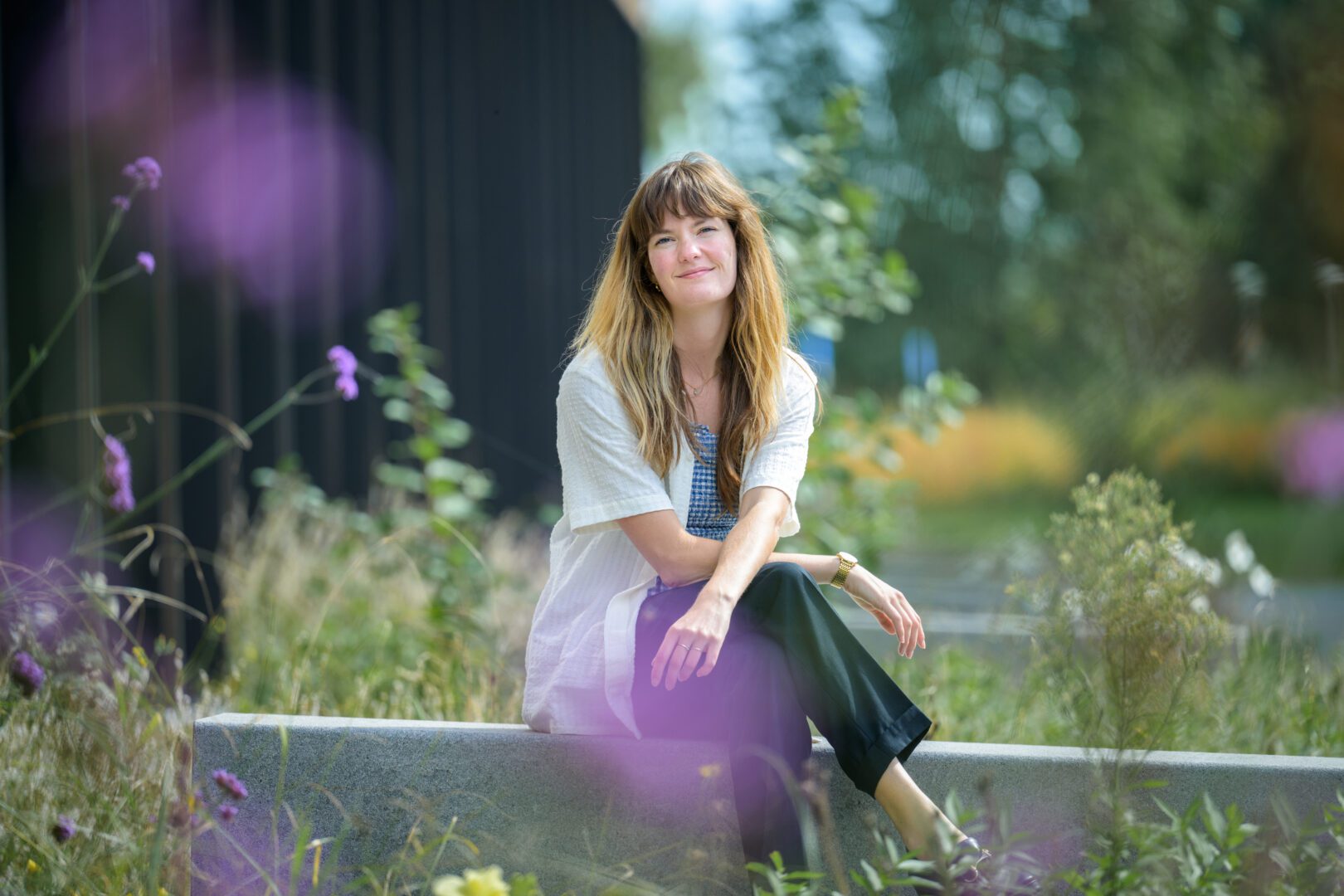
The sustainable puzzle solved
Creating the menu proved to be quite a challenge. Many people from both organisations were involved in the project in order to gather all the necessary information. “The collaboration with Skaal was essential. They had the expertise on the cost side, and we were able to map out both the technical and sustainability aspects in collaboration with our colleagues at BAM Advice & Engineering. We also asked developers to take a closer look.
All these experts together made it possible to put every piece of the puzzle in place. Separately, we would never have been able to achieve this. It proved how difficult it is for developers to make these material considerations. In addition to good cooperation with each other, Emma also emphasises the importance of data. ‘Mapping the materials also depended on the amount of data available about those materials. To this end, we made extensive use of the sustainability data from the National Environmental Database (NMD). Only with the right figures you can compare apples with apples. This also underlines the importance of collecting and recording data on sustainable materials.’
It immediately provides a realistic view of what is possible and where you can best focus your efforts.
Conclusions that advance the sector
After a year of research, the results are now in. A knowledge document consisting of a database containing all the information and sheets that provide a clear overview. Emma: "All the information is based on the technical and sustainability requirements for an eight-storey apartment building. These are challenging construction requirements, so we have included the most important technical challenges for apartments in the menu."
The great thing is that general conclusions can also be drawn. Conclusions that AM does not keep to itself, according to Emma: "We have gained interesting insights from our research. For example, we saw that glass in homes has a major impact on the MPG (Environmental Performance of Buildings) and little impact on costs. In addition, you can see that reused HR++ glass is much more interesting in terms of circularity than HR++ glass and roughly equal to HR++ in terms of costs. An easy innovation, you might think. Unfortunately, triple glazing scores worse in terms of MPG, but better in terms of insulation value. It then depends on your ambition which choice you make.
The use of narrow bricks also has great potential. This material has less impact on the environment, while the costs are the same and the technique is virtually identical to that used for regular bricks. So, where bricks are a must, let's go for this triple win option!‘ Not all parts of a home can be compared in the menu, says Emma: ’Structural floors, for example, cannot really be viewed separately in a project. If you change something there, you also have to adjust the walls, for example. It affects the entire construction. The same applies to installations, which are difficult to view as separate components. For these components, we therefore provide more general advice."
Launch in October
At the beginning of October, Emma will present the menu to all AM colleagues. From that moment on, all developers will be able to work with it. Emma: "They can use it in the design phase of projects and also in discussions with local authorities and housing associations. It immediately provides a realistic view of what is possible and where you can best focus your efforts."
